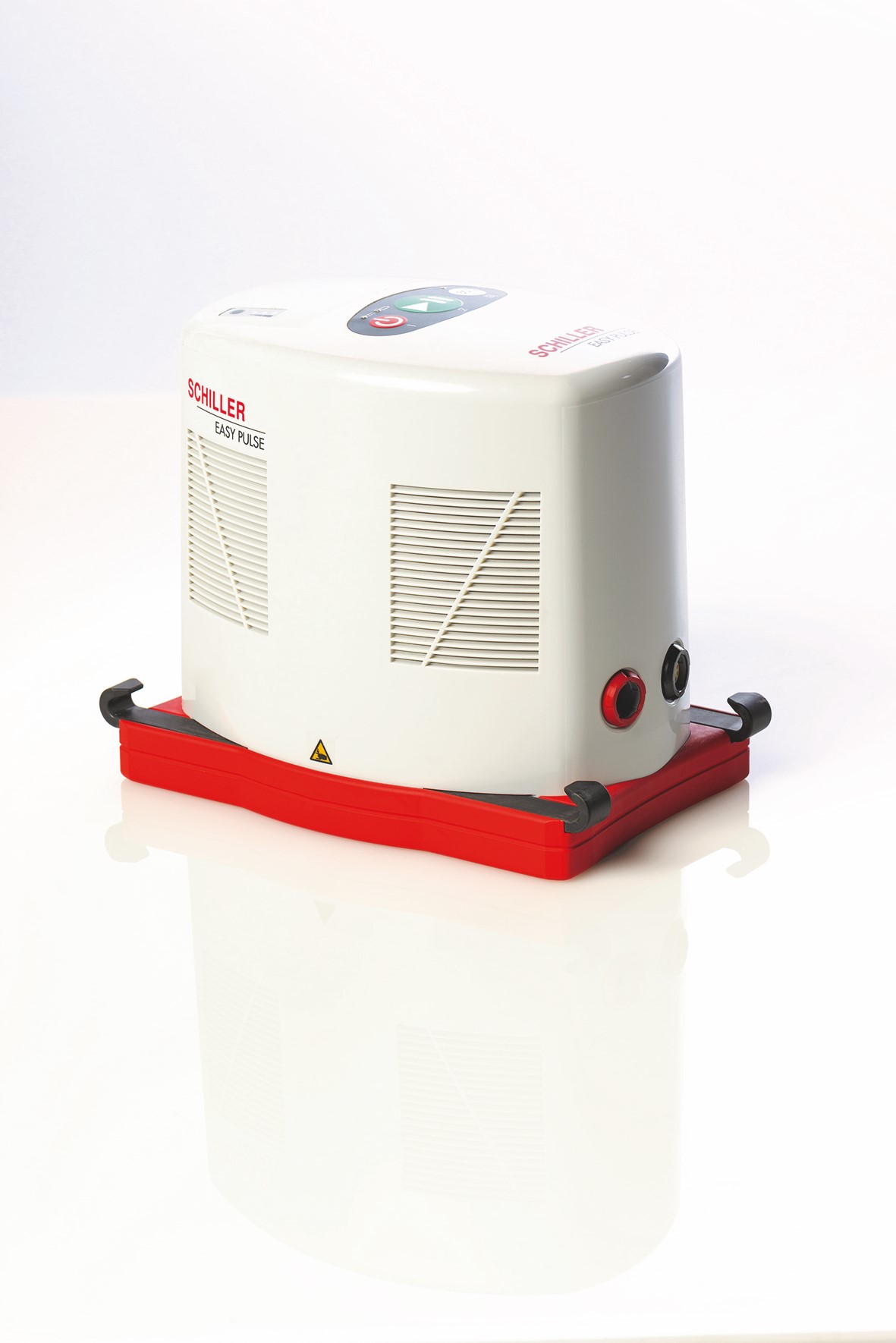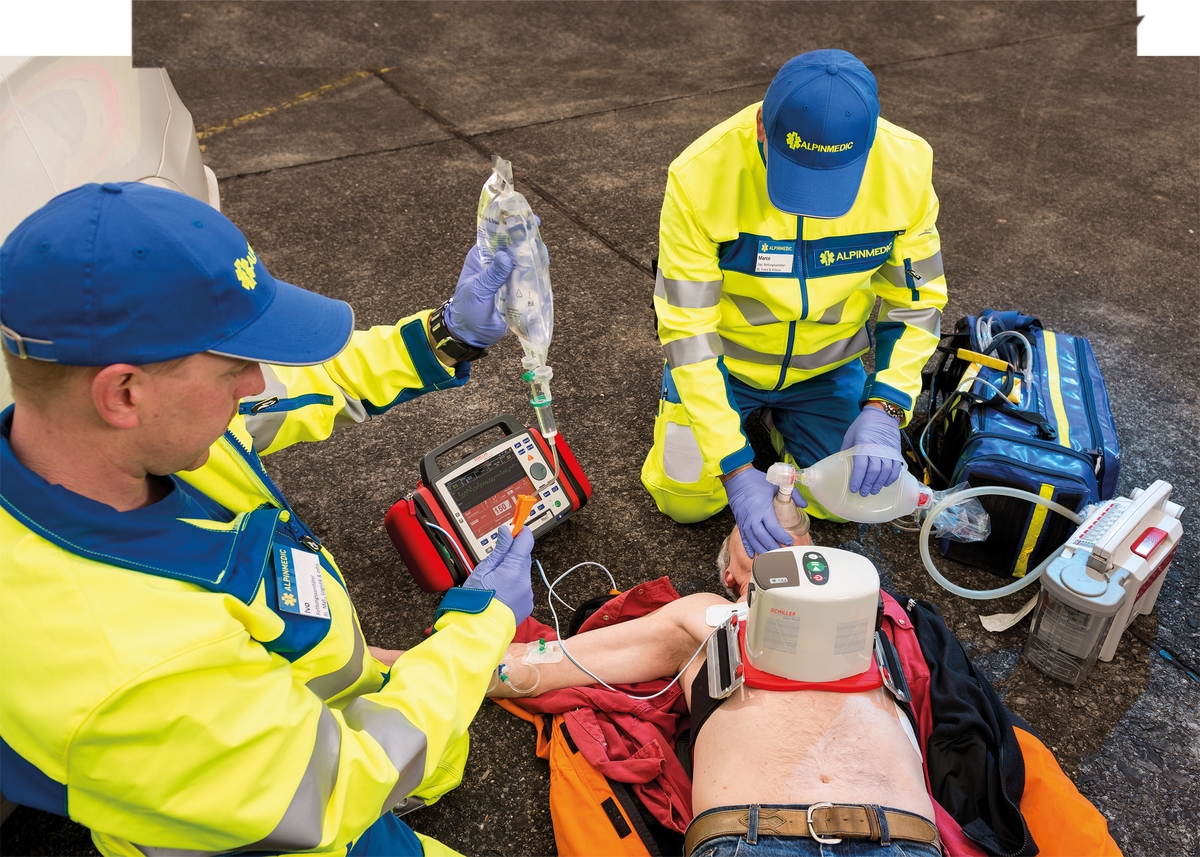- top
- In stock
Cardiopulmonary resuscitation device Easy pulse
- In stock
Department specialist consultation
+38 (068) 165 87 94| Direction: | Resuscitation |
|---|---|
| Producer: | SCHILLER |
| Country: | Switzerland |
Efficient and compact mechanical CPR thanks to technological innovation
Performing manual chest compressions well for an extended period of time is almost impossible. SCHILLER’s EASY PULSE is the solution for more effective resuscitation: this portable, stand-alone device delivers high-quality chest compressions automatically at a consistent rate and depth.
Features
- Unique combination of stamp and band which allows a 3D compression and therefore maximum efficiency
- Easy to position, easy to operate
- Thanks to slider and buckle system, a single person can easily attach the device
- Possible to use in head-up position
- Continuous or 30:2 cycles, frequency 100 compressions per minute
- Replaceable battery with charge level indicator (device delivered with two batteries)
- Autonomous operation for 45 minutes (with just one battery)
- External DC input
- Ideal for confined spaces, suitable for aircraft
- Weight of the device:3.5kg
- Additional battery:1 pc
- The device can be used in patients with implanted pacemaker:yes
- Adjustable mounting systems for chest size:from 76 cm to 135 cm
- Continuous operation of the device:45 min
- Frequency of continuous operation:100 compressions / min
- Degree of protection dustproof and waterproof:IP33
- Resuscitation and rescue measures when there is an insufficient number of medical workers ("free hands");
- During long-term transportation of patients;
- In clinical operating rooms and intensive care units;
- In the cardiac catheterization laboratory (radio transparent);
- During transportation of an organ donor

.jpeg)
